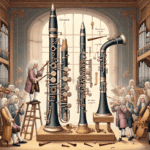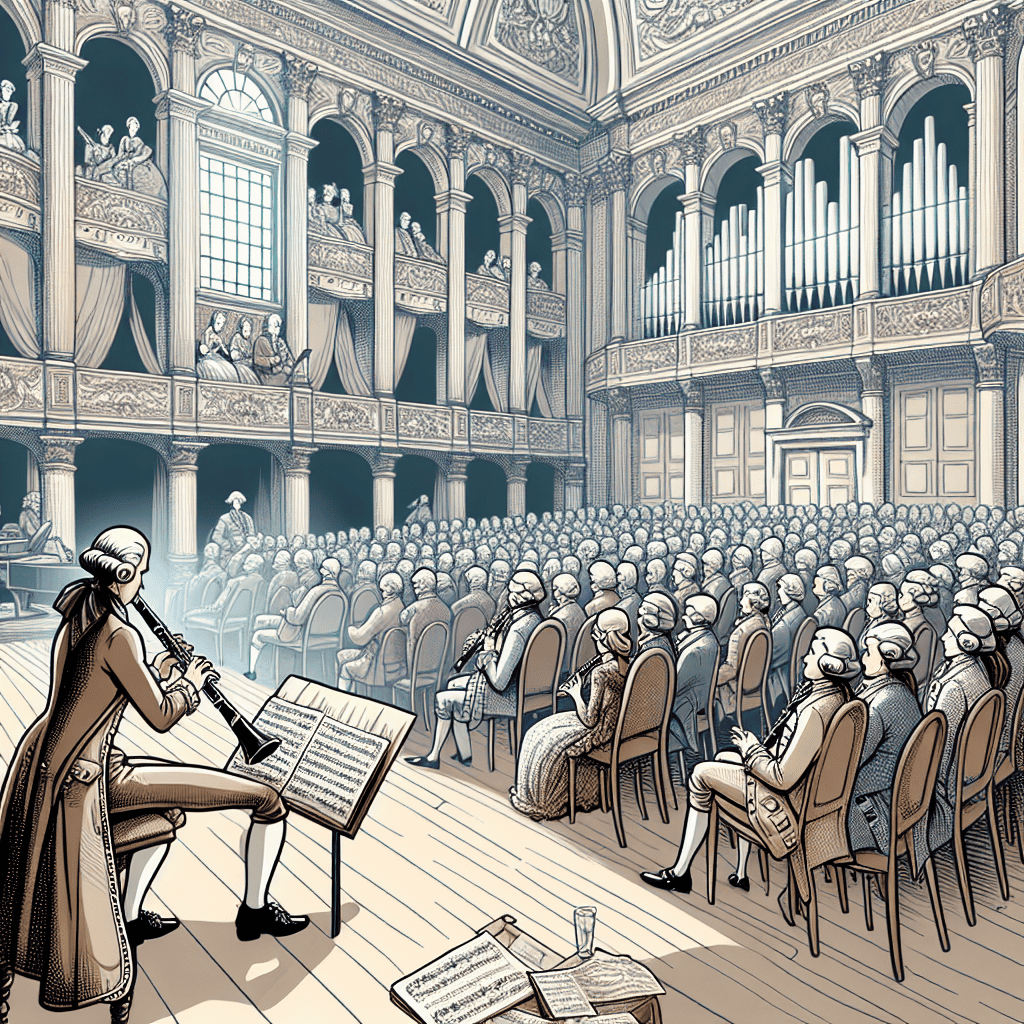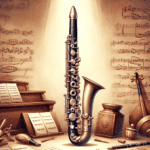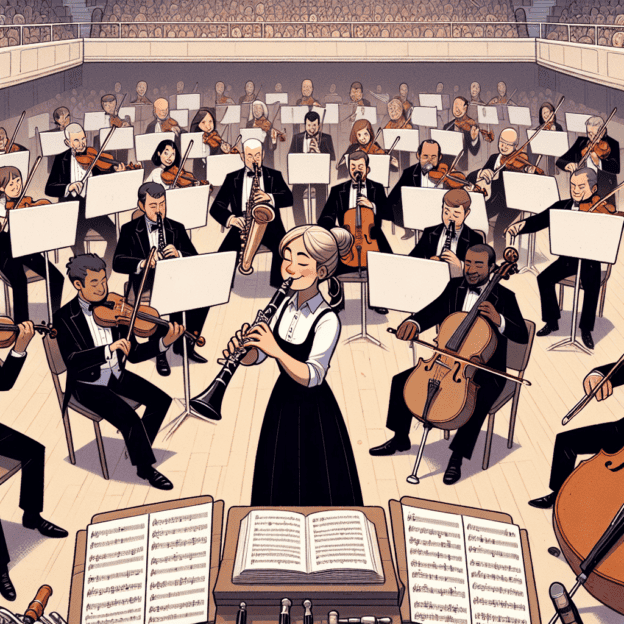The Clarinet in Orchestral Music: A Journey Through Time
The clarinet in orchestral music history is a fascinating story of innovation, artistry, and growth. Clarinets have become an essential part of orchestral compositions, adding depth and variety to musical storytelling. Let's explore the origins, key periods, and notable contributions of the clarinet in orchestras, from the Baroque to the Modern era.
From its modest start in the early 18th century to its prominent role in today's orchestras, the clarinet has evolved significantly. The story begins in the Baroque period with the chalumeau, the clarinet's predecessor. Composers were experimenting with new sounds and textures during this time. The chalumeau's warm, rich tone caught the ear of musicians and composers, setting the stage for the clarinet's development.
The Classical Era: Clarinet's Rise to Prominence
The Classical era saw the clarinet truly come into its own. This period brought great advancements for woodwind instruments, including the clarinet. Johann Christoph Denner, a German instrument maker, is believed to have invented the modern clarinet around 1700 by adding a register key to the chalumeau. This key expanded the instrument's range, greatly increasing its musical possibilities. Composers like Mozart and Haydn quickly recognized the clarinet's potential to enrich the orchestral sound.
| Era | Key Developments | Notable Composers |
|---|---|---|
| Baroque | Introduction of the chalumeau | Early experimenters |
| Classical | Addition of register key, wider adoption | Mozart, Haydn |
| Romantic | Improved construction, expanded role | Weber, Brahms, Berlioz |
| Modern | Boehm system, further innovations | Stravinsky, Bartok, Shostakovich |
One of the most famous compositions from this period is Mozart's Clarinet Concerto in A Major, K. 622, composed in 1791. This piece showcases the clarinet's versatility and expressiveness, with sections ranging from playful and light to deeply emotional and lyrical. The concerto remains a favorite in the clarinet repertoire, loved by performers and audiences alike.
The Romantic Era: Evolution and Expansion
In the Romantic era, the clarinet continued to develop, both in its construction and its role within the orchestra. Instrument makers tried out different materials and mechanisms to improve the instrument's sound quality and technical abilities. At the same time, composers like Weber, Brahms, and Berlioz explored the clarinet's full range of expression in their works. Weber's Clarinet Concertos Nos. 1 and 2 and Brahms's Clarinet Quintet are excellent examples of the rich and emotional clarinet music from the Romantic era.
During this time, the clarinet also became popular in military bands, further cementing its importance. Its clear projection and wide dynamic range made it perfect for outdoor performances. The clarinet's versatility shone in various settings, from intimate chamber music to grand symphonic compositions.
The Modern Era: Innovation and New Frontiers
The 20th century brought more innovations to the clarinet, both in its design and its musical uses. The Boehm system, developed in the mid-19th century, standardized fingerings and improved intonation, forming the basis for modern clarinets. French clarinet maker Georges Leblanc made important contributions during this time, improving the instrument's playability and consistency.
The clarinet found new ways to express itself in contemporary music. Composers like Stravinsky, Bartok, and Shostakovich pushed the instrument's limits, incorporating it into innovative works that reflected the changing times. Stravinsky's The Rite of Spring, with its bold use of the clarinet, is a milestone in 20th-century music, showcasing the instrument's range and adaptability.
The Role of Craftsmanship
Throughout its history, the clarinet has been shaped by skilled craftsmen like Martin Freres. Known for their careful attention to detail and dedication to quality, Martin Freres Clarinets have been trusted by musicians for generations. Their instruments have played a significant role in the clarinet's evolution, contributing to its rich heritage.
The Clarinet Today and Tomorrow
Today, the clarinet continues to flourish in orchestral settings, captivating audiences with its unique sound. Musicians and composers are drawn to its expressive potential, using it to convey a wide range of emotions and textures. From the rich harmonies of a Romantic symphony to the angular melodies of contemporary works, the clarinet remains a vital voice in the orchestral landscape.
Looking ahead, the clarinet's journey is far from over. New technology and growing interest in diverse musical traditions are likely to inspire further developments and innovations. Whether you're just starting your musical journey or you're an experienced professional, understanding the clarinet's rich history can deepen your appreciation for this remarkable instrument. Its past shows the power of musical innovation, and its future is full of possibilities.







